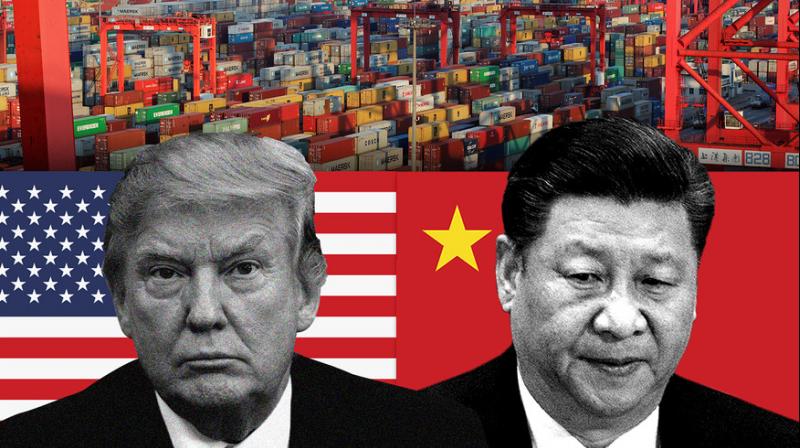China's global trade surplus fell in 2018

Beijing: China's global trade volume rose last year but its surplus fell again as its imports outpaced its exports, official data released Monday showed amid a bruising trade war with the United States.
Total trade reached US $4.62 trillion, a 12.6 per cent rise from 2017, according to customs data. But the trade surplus for the world's second largest economy fell 16.2 per cent to US $351.76 billion, as imports rose 15.8 per cent while exports gained 9.9 per cent.
"China's foreign trade has developed in a steady manner with progress witnessed, reaching a record high in import and export volume," said Li Kuiwen, spokesman for the customs administration.
China's surplus with the US is a hot-button issue with the administration of President Donald Trump, which slapped new import tariffs on billions of dollars worth of Chinese goods last year. Customs has not yet released information on US-China bilateral trade, but China's imports of soybeans fell by 7.9 per cent last year to 88 million tons. Traditionally China imports vast quantities of American soybeans in the second half of the year - but the buying fell off after China hit US soybeans with a 25 per cent retaliatory import tariff this summer.
The customs administration will work to "improve the country's business environment and expand foreign trade... in order to keep employment, the financial sector, foreign trade, foreign investment" stable, Li said.
A large US delegation ended a three-day visit to Beijing last week in the first face-to-face trade talks since Trump and Chinese leader Xi Jinping in December pledged a three-month truce in the escalating tariff spat. Washington has been clamouring for an end to the forced transfer - and even theft - of American technology and intellectual property, as well as steep government subsidies for Chinese companies.
The Trump administration also wants Beijing to buy more American goods to narrow a yawning trade gap - a sticking point for US president - and allow foreign players better access to the Chinese market. China will work to straighten out trade frictions with the US this year, the country's commerce minister told state media on Friday. With US tariffs in place, the gloomy export picture has reinforced the need for Beijing to rely on its legion of consumers to grow its economy. But a slew of bad economic data has added to concerns about China's economy, which is expected to have eased to around 6.5 per cent growth in 2018, down from 6.9 per cent in 2017.
China's annual passenger car sales fell last year for the first time in more than 20 years, as the trade war with the US rocked consumer confidence and Beijing reined in car financing channels. The cost of producing goods in China's factories slowed sharply in December, a sign demand remains weak, while consumer inflation also flagged. Official data showed the manufacturing sector contracted in December for the first time in more than two years.

